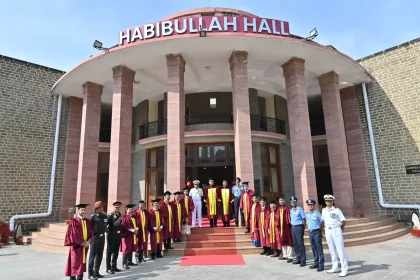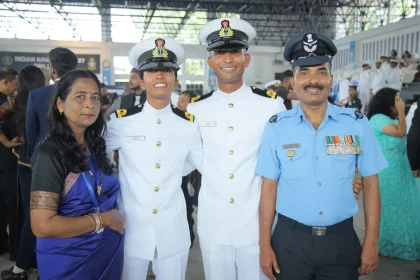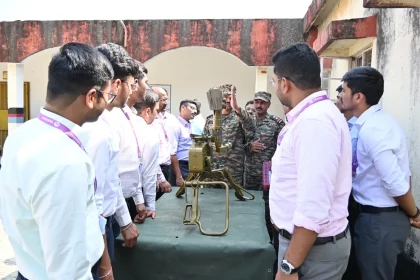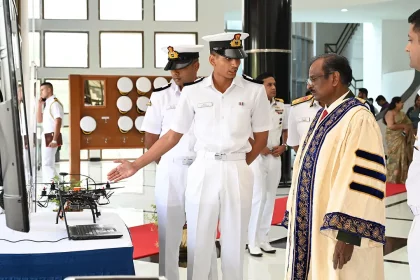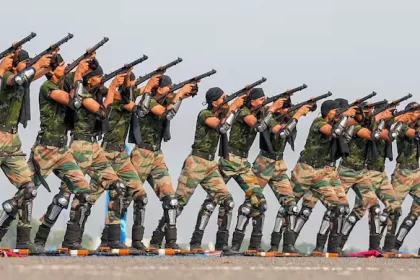NDA Holds Convocation Ceremony for 149th Course; 328 Cadets Pass Out on 29 November 2025
UPSC Chairman Dr Ajay Kumar urges cadets to uphold the Scholar-Warrior ethos in a rapidly evolving security landscape.
Indian Naval Academy Passing Out Parade 29 November 2025
CDS General Anil Chauhan reviews the parade; top performers and champion squadrons recognised for excellence across disciplines.
Bollywood Film ‘Dhurandhar’ Faces Mounting Controversies Ahead of Scheduled Release
Some users praise the film for its character depth, intense drama, and departure from clichéd spy tropes.
Civil–Military Fusion Training Capsule 2025 Strengthens Synergy Between Indian Army and MPSC Officers
Shivneri Brigade and YASHDA collaborate to build a unified approach to governance, crisis response and national security.
Indian Naval Academy Holds 26th Convocation; 87 Midshipmen, Including International Cadets, Conferred B.Tech Degrees
ISRO Chairman Dr V. Narayanan awards degrees; Midshipmen honoured for academic excellence and technical proficiency.
Army Plans to Double Agniveer Intake to Address 1.8 Lakh Troop Shortfall
Army to Ramp Up Agniveer Recruitment Amid Rising Personnel Deficit.

